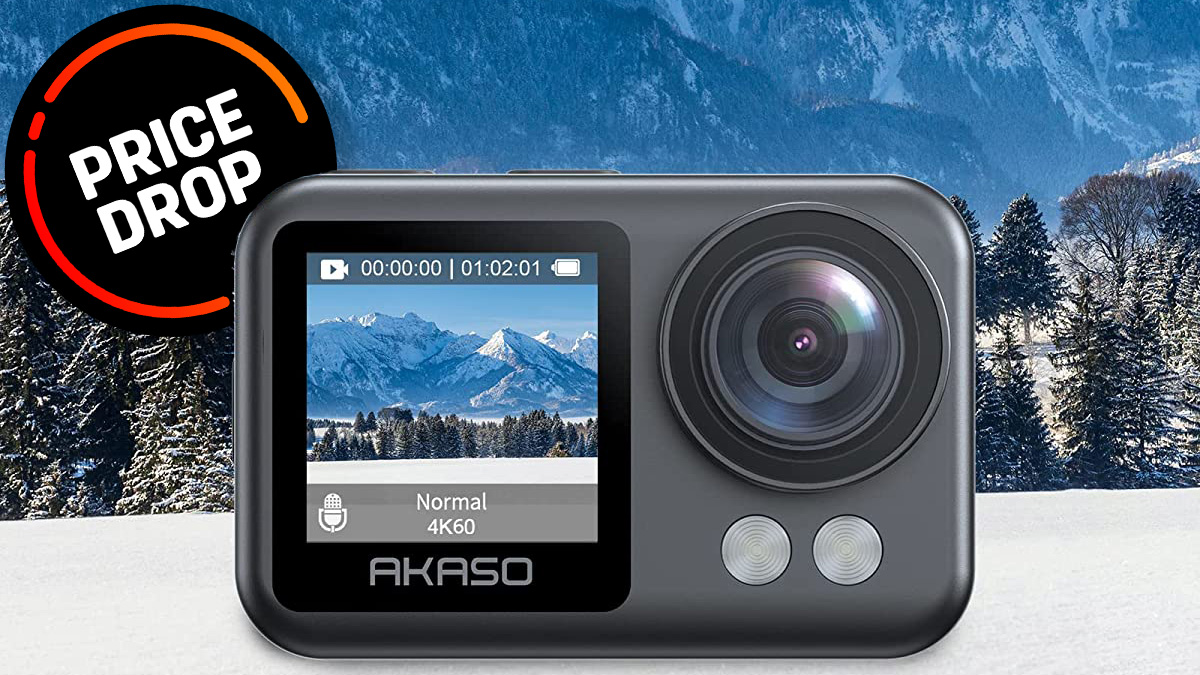The Nikon F5 is a camera I will never sell! How this icon is in my kit bag forever
Why the Nikon F5 will forever be in my camera bag – and why it should be in yours, too!
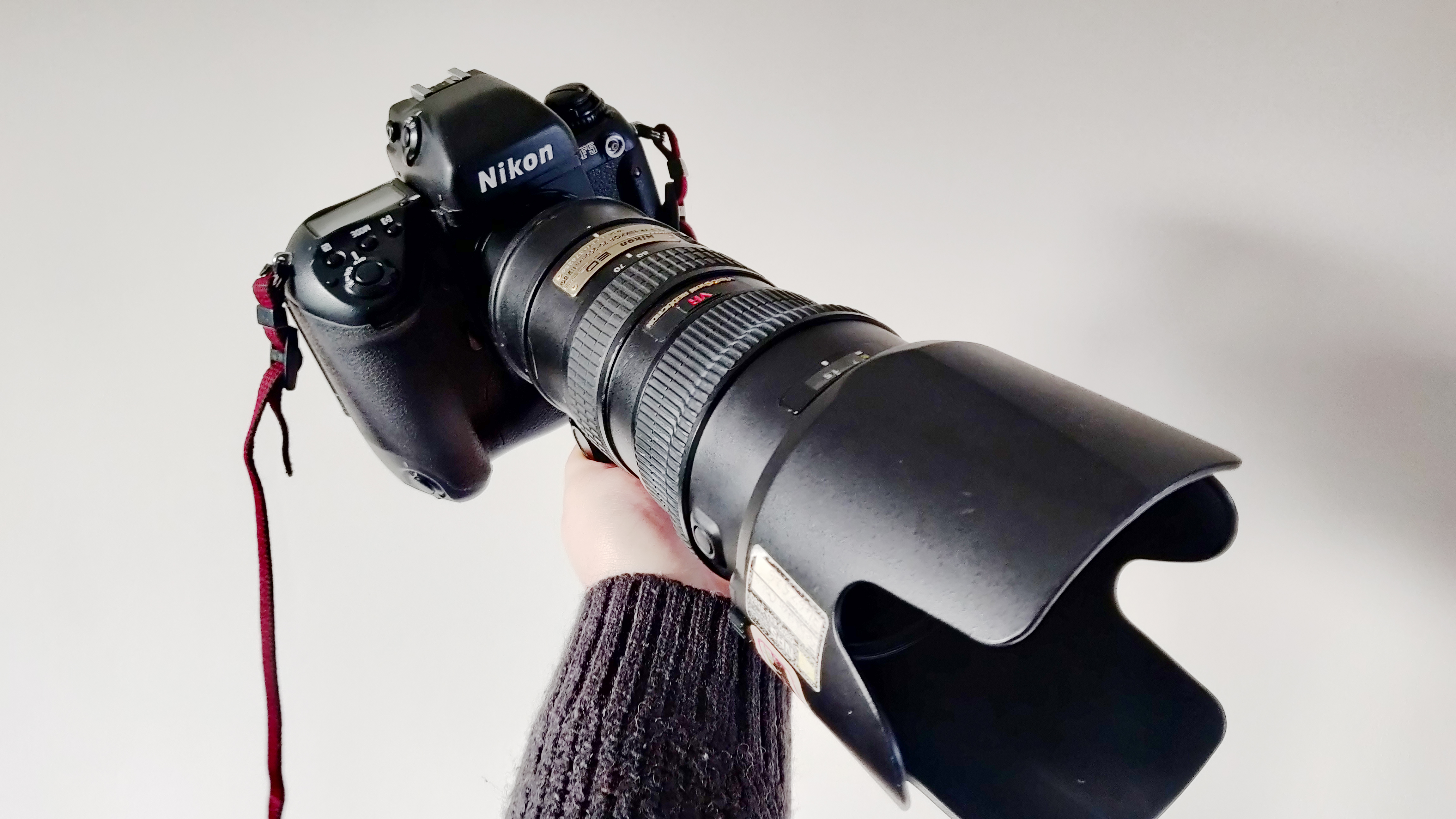
While the digital age revolutionized photography as we know it, especially in the genre of sports and fashion, there was one camera I was never going to sell: my Nikon F5.
Film photography, and the adoption of first-time film shooters, has seen a massive resurgence in recent years, with many wanting to go back to film for the nostalgia or others wanting a 'slower' process than instantly being able to see your results on a digital screen. No matter what your reasons for shooting film, there is no denying that it is back with force. But for my Nikon F5, it never went away!
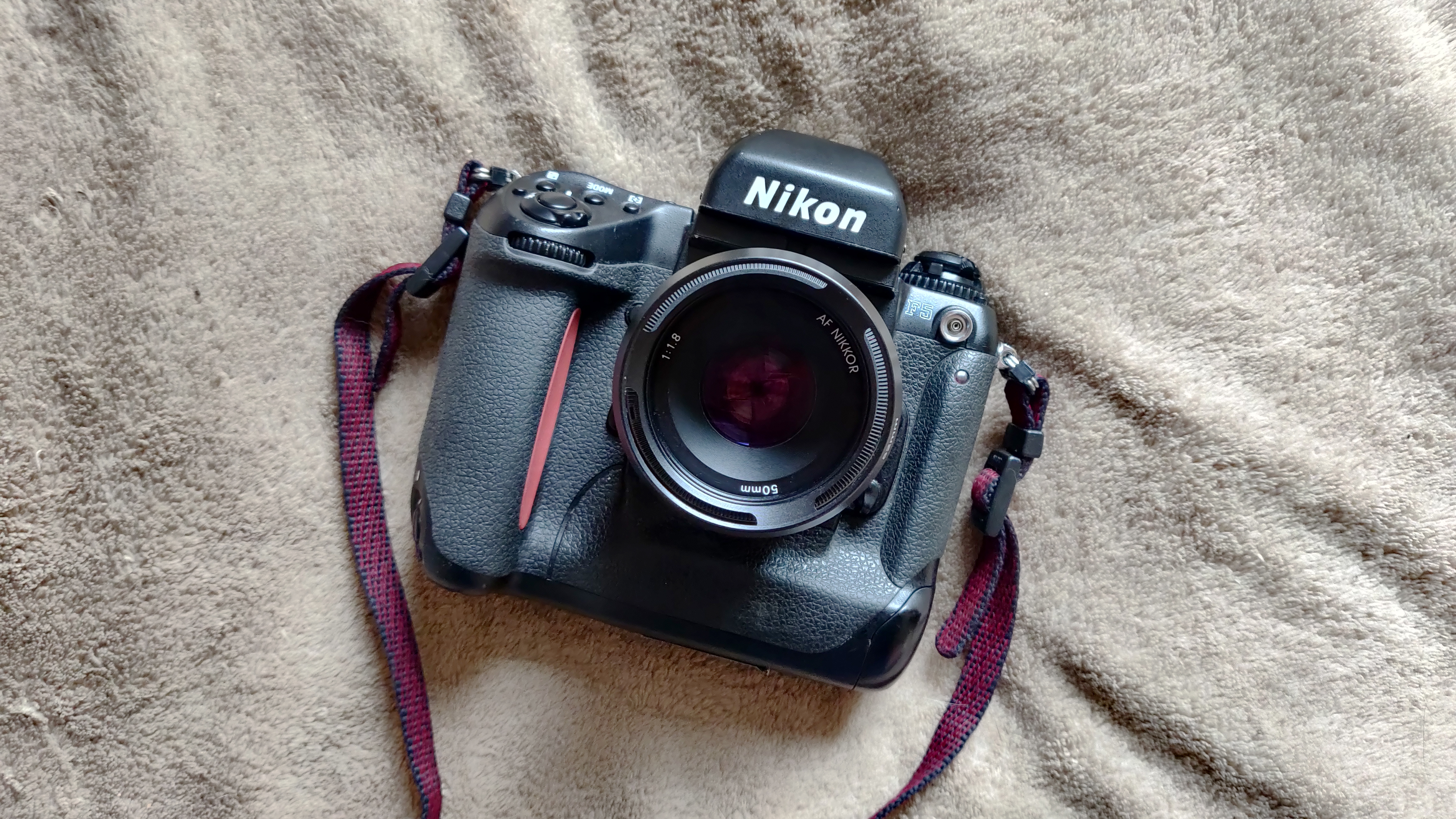
Nikon first introduced the F5 to the world back in 1996 (ahh, the good old days) to replace its aging F4 flagship SLR – which is still highly sought-after today. The Nikon F5 was targeted at professionals, and it even ran with the marketing tagline "Imported from the future" – with the likes of Joe McNally showing you what this new revolutionary product could do for you, while sitting in a flamboyant shirt on a speedboat shooting some waterskiers at 40 knots. Well, it was the Nineties!
It's safe to say that the Nikon F5 did revolutionize the analog world. It featured focus modes such as AF-S, AF-C, and Manual, had a built-in TTL prism, and it even offered 3D Matrix, Center-weighted, and Spot metering, and was capable of an astonishing 8 frames of continuous shooting. This was the pinnacle of film photography for me, and the F5 is just as usable today as it was back in 1996.

What is an amazing fact, and something that I think the Nikon F5 doesn't get enough credit for, is that it’s able to communicate with modern Nikon F-mount lenses that feature the electronic aperture control and autofocus – meaning I've been able to slap on a brand new Nikon 50mm AF-S f/1.4G and 200mm f/2. Heck, I have even used my massive Nikon 600mm f/4G lens, and the F5 can control focus and aperture with ease – without even severe drain on the batteries.
Yes, this camera still takes eight AA batteries. Some might think this is outdated, but in reality AA batteries can be picked up anywhere around the world – and the same can't always be said for spare camera batteries or power outlet adaptors for the countries you travel to.
Nikon F5 image samples
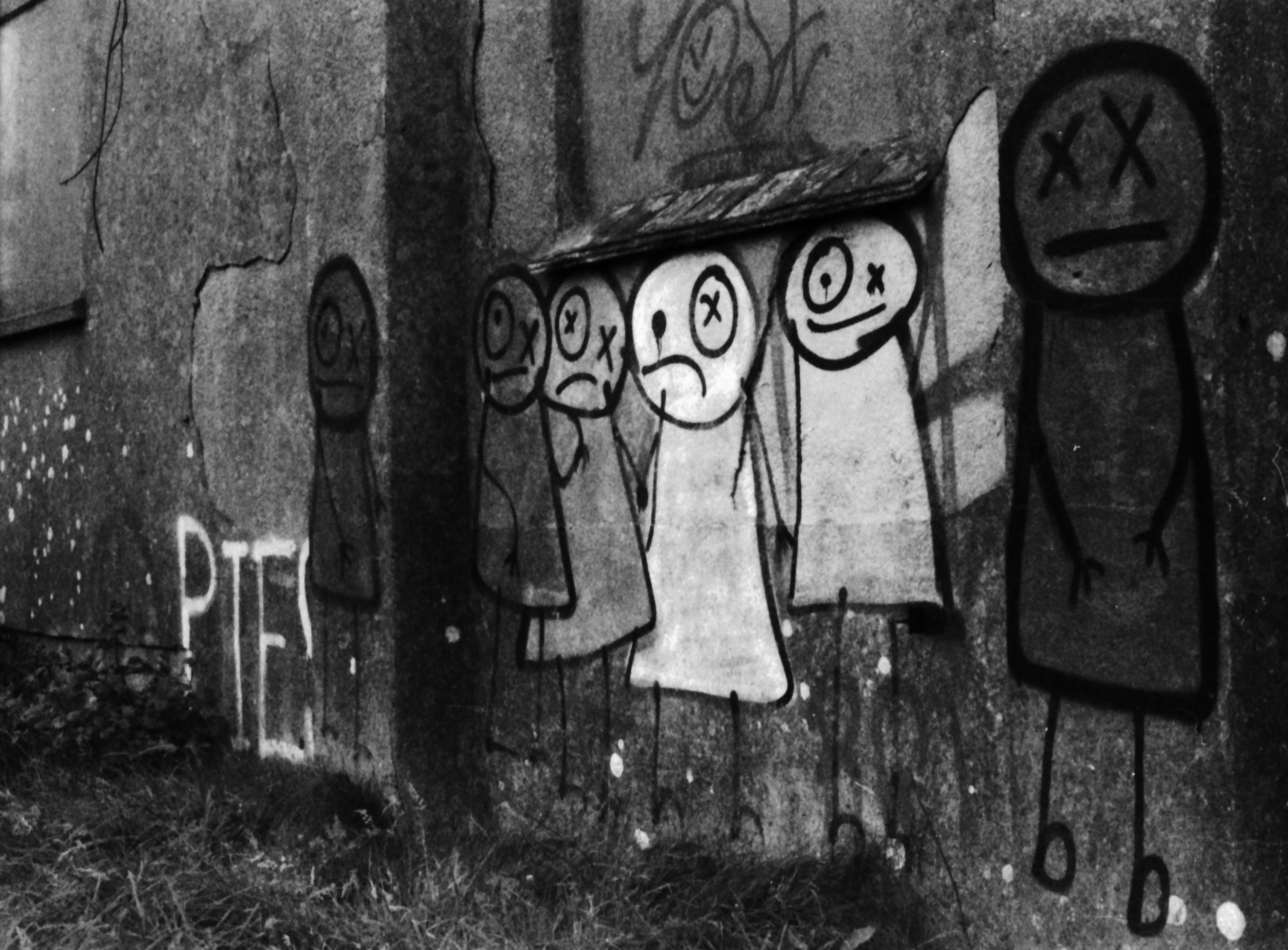
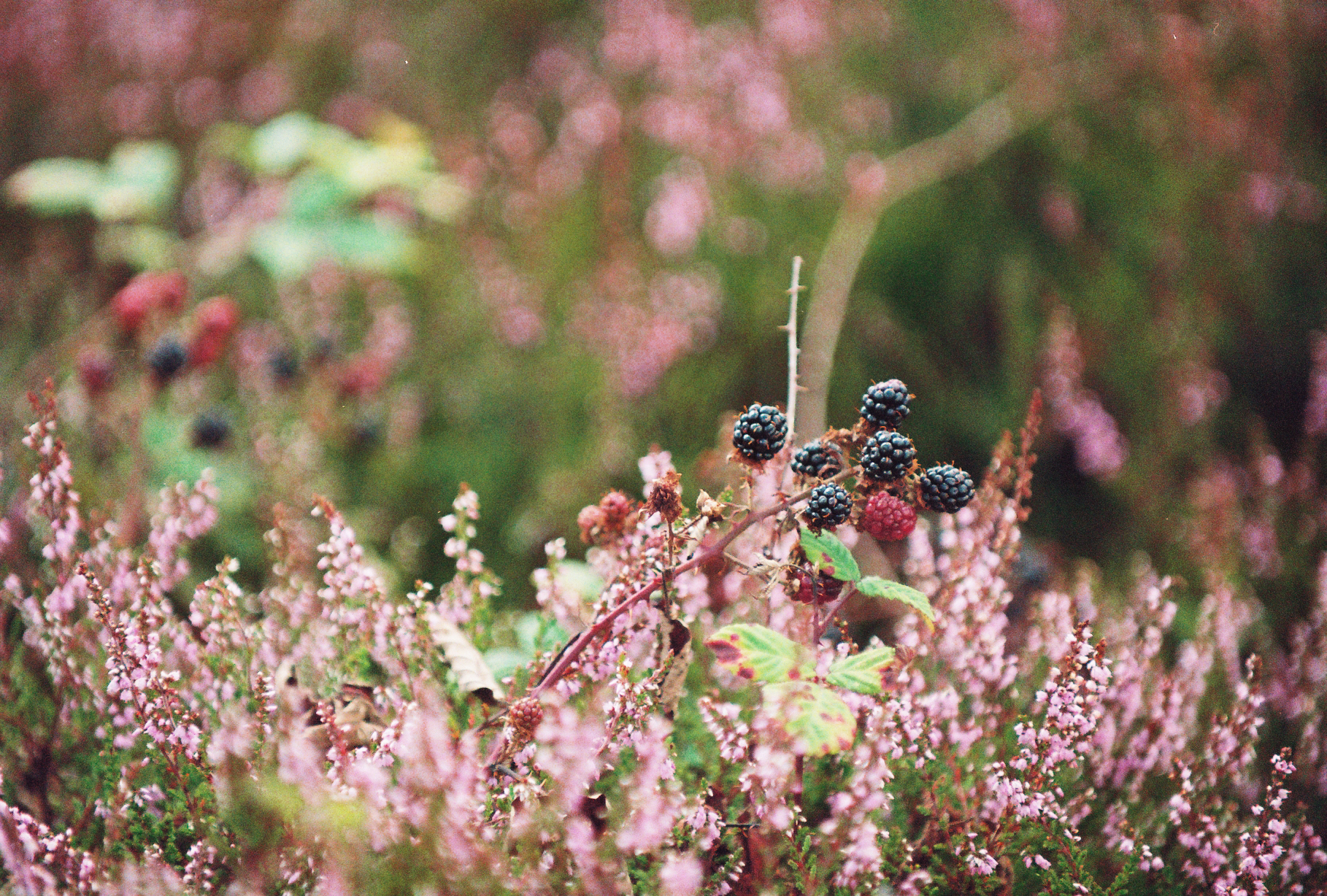

As with many things almost 30 years old, things can go wrong – and I have heard some awful stories. However, I have used and abused my Nikon F5 for over 15 years and have friends who have had them since new – and they are still going strong.
Get the Digital Camera World Newsletter
The best camera deals, reviews, product advice, and unmissable photography news, direct to your inbox!
It really is built like a tank and, because of its automatic DX-code reader, I can still use 'modern' film today from ISO 25-3200, and I can even push up to ISO 6400 manually. That can't be said for a lot of 28-year-old cameras, let alone them still being able to function as well as when they first rolled off the production line.
And all of those facts, including its reliability and functionality in the modern world, enable me to keep the Nikon F5 in my camera bag forever!
You might be interested in the best film cameras, which includes some of the best Nikon cameras of the analog era.

For nearly two decades Sebastian's work has been published internationally. Originally specializing in Equestrianism, his visuals have been used by the leading names in the equestrian industry such as The Fédération Equestre Internationale (FEI), The Jockey Club, Horse & Hound, and many more for various advertising campaigns, books, and pre/post-event highlights.
He is a Fellow of the Royal Society of Arts, holds a Foundation Degree in Equitation Science, and holds a Master of Arts in Publishing. He is a member of Nikon NPS and has been a Nikon user since his film days using a Nikon F5. He saw the digital transition with Nikon's D series cameras and is still, to this day, the youngest member to be elected into BEWA, the British Equestrian Writers' Association.
He is familiar with and shows great interest in 35mm, medium, and large-format photography, using products by Leica, Phase One, Hasselblad, Alpa, and Sinar. Sebastian has also used many cinema cameras from Sony, RED, ARRI, and everything in between. He now spends his spare time using his trusted Leica M-E or Leica M2, shooting Street/Documentary photography as he sees it, usually in Black and White.
